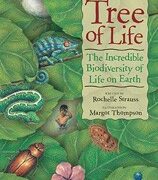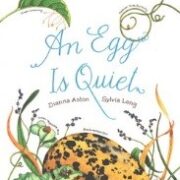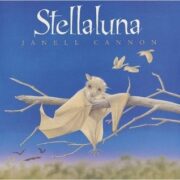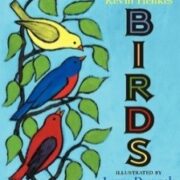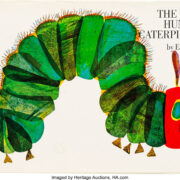Wondrous Water Brings Wildlife
by Gail Cochrane
Liberty Wildlife Volunteer
If you’d like to see wildlife in your own backyard or patio, consider offering fresh water. Here in the desert, a variety of thirsty friends will find you if you invest in a recirculating fountain or pond. Some residents of the Sonoran Desert, such as kangaroo rats, verdins, and black-tailed gnatcatchers survive the arid and beastly hot environment with no free water, but most species must find water every day. Some will travel miles to find water. Why not give them some help?
Providing fresh drinking water not only makes you popular with your wild friends, but allows you to keep tabs on the seasonal comings and goings of migratory species. Water brings regular visitors from near and far. Often thirsty species establish breeding territories near a water source. Then you may see nest building, feeding of young and adolescents begging for hand outs from mom and dad.
Hummingbirds appreciate fresh water, and will sit on the edge of your fountain and dip long beaks in time and again. House finches are social birds that gather near water. My fountain hosts a regular procession of finches drinking, bathing and singing morning and evening.

Western kingbirds, mockingbirds, Abert’s towhees, white-winged and mourning doves, grackles and European starlings are local birds that visit water sources. We even had a great horned owl in our fountain one hot summer day.
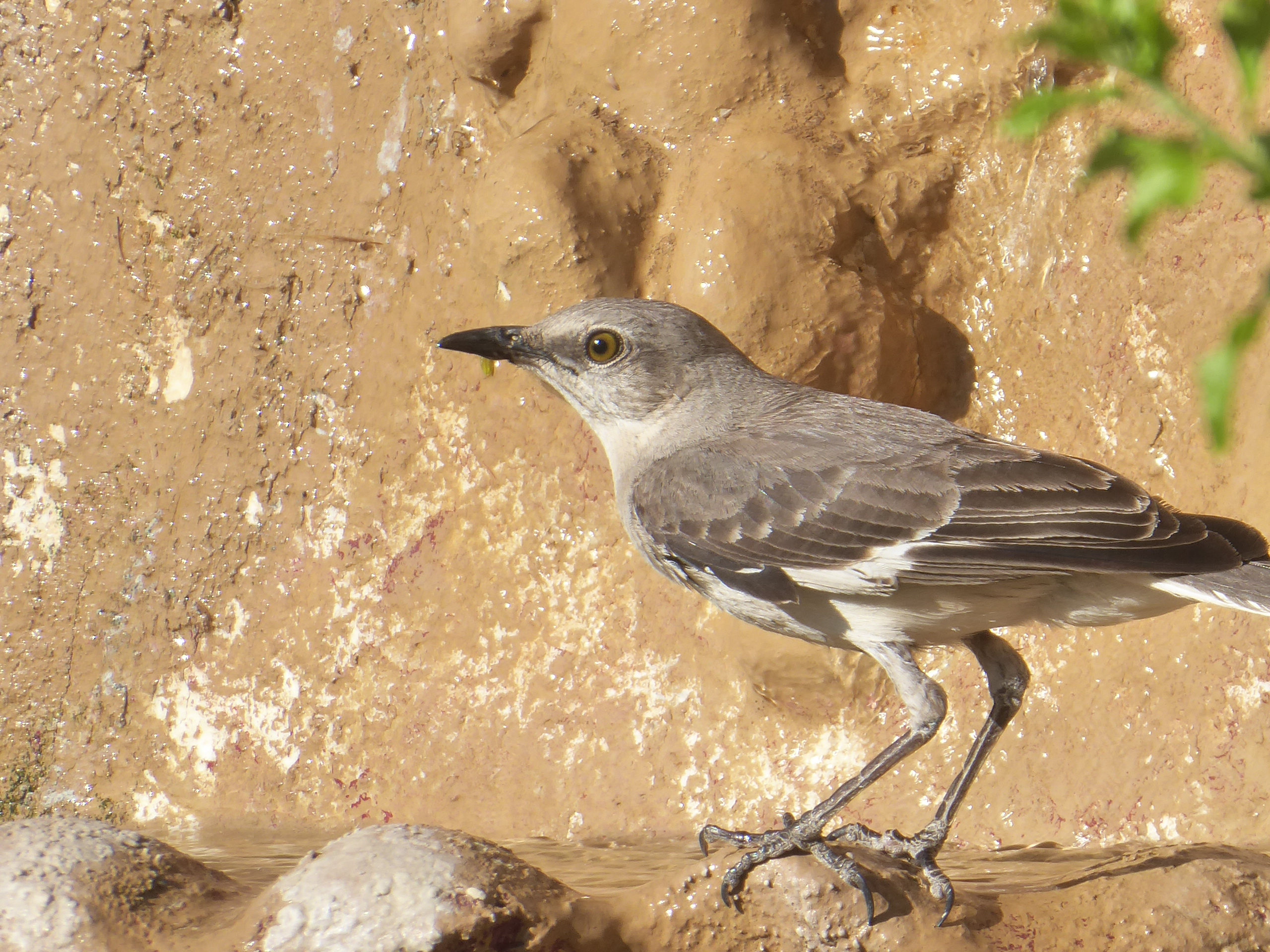
Depending on where you place your water source you may also attract larger mammals. Coyotes, bobcats and foxes all require daily water. If you don’t want these types of visitors, consider a wall fountain or a location more difficult for them to access.
Birds flocking to your yard is a fine thing, but it comes at a cost. You must keep your water circulating and clean. Given the volume of visitors, you will find the water gets dirty. Diseases can be spread through a bird population by contaminated water. The water must be kept fresh and clean.
The Pond Gnome is a local business that installs in beautiful ponds. Free standing fountains or wall mounted fountains work great too. They come with a small pump that circulates the water, so you just need a source of electricity. Fountains are sold at nurseries, import shops, and big box stores. Good luck and have fun! The birds will love you for it.

What Summer Heat Means for Desert Wildlife
by Natasha Loving
Liberty Wildlife Intern
In the deserts of the Southwest, summertime typically means fewer barbecues and picnics and more sunscreen and air-conditioned activities. It took my dad a few summers to realize that standing next to an open grill in triple-digit heat is far from a good time. Humans aren’t the only ones dealing with increasing temperatures. While you’re pulling out your shades and trying to avoid seat-belt burns, desert wildlife are coping with the heat in their own ways.
Don’t get me wrong: Arizona species are champions of the desert. From water conservation techniques to sun-friendly anatomy, desert species find their own ways to handle the harsh conditions. The desert tortoise, for example, can store almost half its weight in water and survive on dry leaves. The large, vascular ears of the jackrabbit allow it to radiate heat in a non-evaporative cooling process called vasodilation. The longfin dace can survive in dry streams by living in moist algal mats! Many desert species just avoid the excessive heat altogether by migrating, hiding in burrows or caves, or restricting activity to dawn, dusk, or night. Species of the Southwest are hardly novices when it comes to surviving the hottest time of the year.
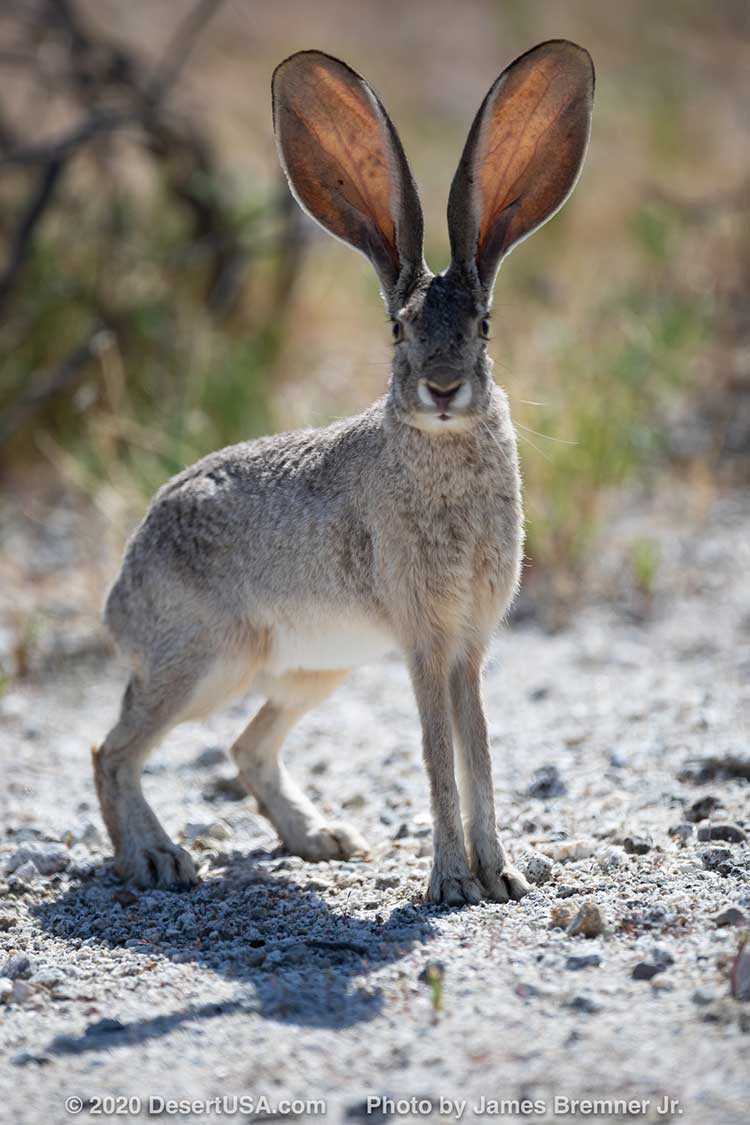
That doesn’t mean everything is easy. As humans continue to move into natural spaces and encroach on the territories of native species, paths are bound to be crossed. This is especially true during the hot, dry summer months. Just like you, desert animals are trying to cope with the triple-digit temperatures and the cloudless skies. Unlike you, most wild animals can’t turn to popsicles and thermostats. Many forms of wildlife, maybe some you might never otherwise encounter, may begin to move into urban and residential areas to find resources or escape the heat.
As any desert-dweller would know, water is everything. Its presence in your backyard means that more animals might be finding their way there. Bobcats, coyotes, and javelinas might seek out water in pools, birdbaths, fountains, and pet dishes. Javelinas have even been found chewing on irrigation hoses! These sources of water might also attract various birds, smaller mammals, and even some amphibians and reptiles. While you might not exactly mind sharing, it’s good to keep in mind that sources of water can attract any number of desert creatures.
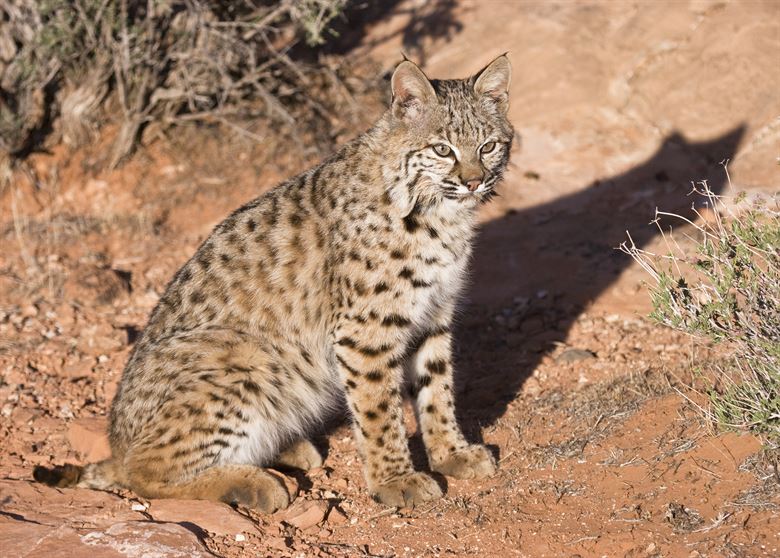
We also all know the effect of the beating sun. When the sun is blazing overhead, a two-minute walk starts to feel like an odyssey, and a steering wheel becomes a burn hazard. Wildlife knows it too. The bright summer sun means more wildlife is finding refuge in human structures. Desert creepy-crawlies, like scorpions and spiders, may shelter from the sun in places like woodpiles, yard décor, attics, etc. Scorpions can lose moisture quickly in the hot Arizona sun, so they will often seek out shady places to rest and hide until nightfall. The same goes for many species of rattlesnake. As the desert heats up, many snakes become more active and more likely to have run-ins with humans. Rattlers might seek out driveways or pool decks to warm up, and they might enter places like garages and sheds to cool down. Summer sees an increase in the number of snake removal calls and hiking encounters, so it’s good to be careful.
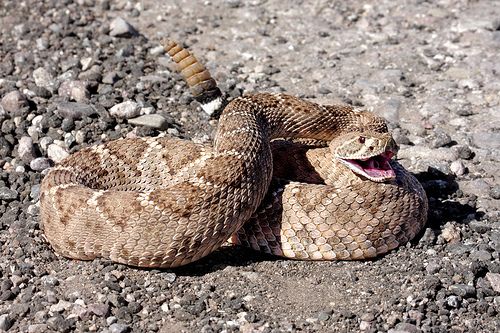
While I’ve grown more accustomed to the summer heat, I’m sweating just thinking about it. It’s what unites all of us who dare live in the desert, human or otherwise. As temperatures rise, keep in mind that your local wildlife is feeling it too. Be prepared for creatures popping up in your backyard, especially if you have pets or children. If you’re able, do your part in helping wildlife out. Let them peacefully seek out resources. You might even get a chance to safely admire them. If you’re endangered, call in services to safely remove or relocate them. Don’t assume they’re there to intentionally harm you. Most of the time, they’re just trying to survive the harsh season. We’re all feeling the heat, so try and extend some understanding to your fellow desert-dwellers. And drink lots of water!
Rats!
by Nathan Thrash
Liberty Wildlife Staff
If the two articles above haven’t already drilled this home, it’s hot. Lots of local critters are looking to cool off and escape the heat. So let’s say you’ve got a rodent problem. They’ve escaped the heat and invaded your home. What do you do about it? Trap them? Poison them? Get a cat…? This is a problem that has plagued people (literally) for centuries. Rodents can damage pipes, chew holes in your walls, destroy electrical wiring, and generally wreak havoc on your home. They are very prolific, as a pair of rats can have as many as 30 offspring a year. Rodents, and the fleas they carry, can also transmit diseases. It’s easy to see why they are unwelcome visitors.
But, like it or not, rodents are an important part of the ecosystem. Some rodents, like the kangaroo rat and pocket mice, are important for seed dispersal.
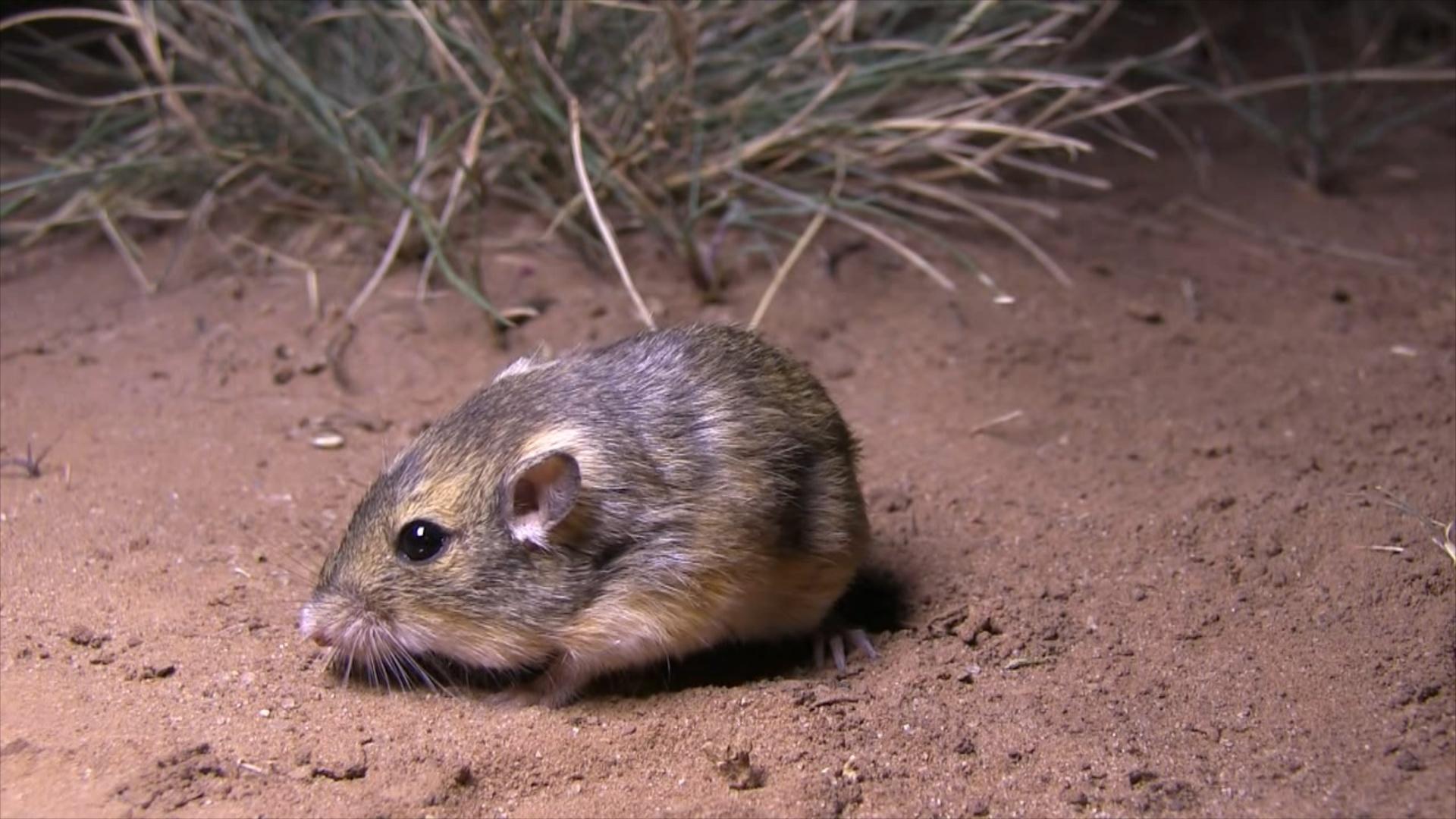
Some, such as ground squirrels and pocket gophers, act as soil aerators by digging burrows and tunnels. But one thing that all rodents have in common is that they are an important food source for predators. Without rodents, much of the local Arizona wildlife, such as owls, hawks, foxes, badgers, coatis, and snakes would not have enough food to survive.

So how do you keep rodents out of your home without damaging the ecosystem? First off, NEVER use rodenticide. Rodenticides, or poisons that kills rodents, don’t only kill rodents. A predator, such as an owl, fox, or a friendly neighborhood pet can easily catch and consume a rodent impaired by rodenticide, causing illness or even death. When you use rodenticide, there is no way to control how far the poison will spread in the ecosystem. By poisoning the predators that control rodent populations you all but guarantee that the rodent population will come back stronger than ever, this time without natural predators to keep them in check. Additionally, if you see a snake in your yard or garden, DO NOT kill it. Snakes are important for keeping rodent populations in check. If it’s a rattlesnake, you can call relocation services to remove it safely without killing the snake. If it’s a king snake, you’ve struck gold. King snakes will keep both rodents and rattlesnakes away.
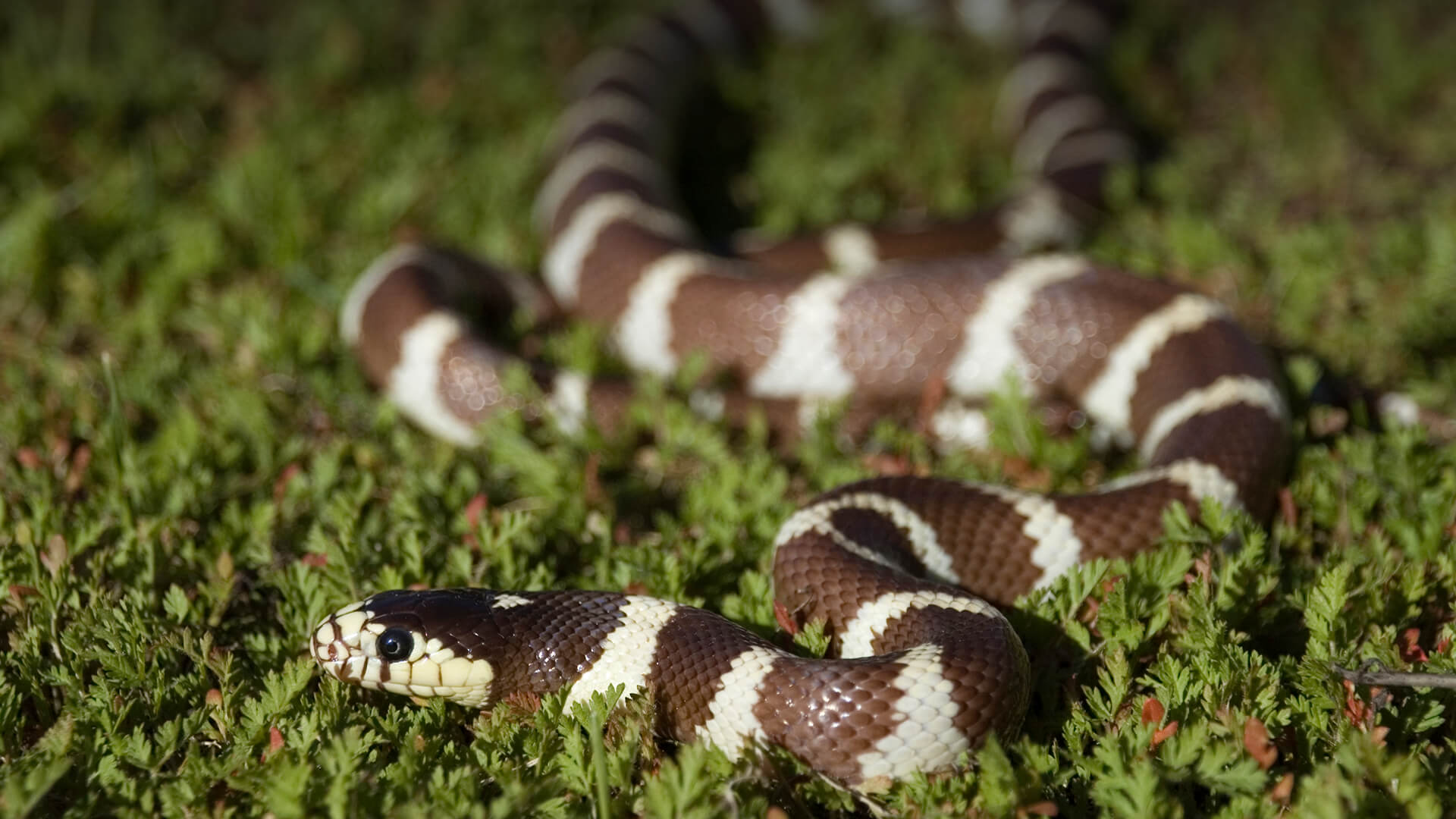
A good place to start with your rodent problem would be prevention. Remove places in your yard that they can hide and build nests, such as wood piles. Check your house to make sure that there is no way for rodents to get in. Roof rats can enter your house from a hole as big as a nickel. Seal off all of their potential entrances. Next, you want to check your trash cans. If there is a way for rodents to get into your trash, you need to fix it. If you have a fruit tree, pick up the fruit from the yard, rodents will be drawn to it. If they have no food source and no way to get into your home, then that should be enough to stop the invasion. But what about the rodents already in your house? There are a variety of traps you can use depending on your unique situation. Live traps are a way for you to safely relocate a live rodent away from your home, while snap traps are the more lethal option. If all else fails, call an exterminator, and talk through your options. Just remember, there is no poison in the world that only works on rodents.
Kid Stuff
By Carol Suits

Summer Reading Ideas
Animals, Nature, Conservation
- Are You My Mother?, P. D. Eastman, Ages 3-7
- Owl Moon, Yolen & Schoenherr, Ages 4-8
- Tree of Life, Rochelle Strauss, Ages 8-12
- An Egg is Quiet , Diane Hutts Aston, Ages 5-8
- One Well, Rochelle Strauss, Ages 8-12
- Stellaluna, Janell Cannon, Ages 4-7
- Birds, Kevin Henkes, Ages 4-8
- Wishtree, Katherine Applegate, Ages 8-12
- The Very Hungry Caterpillar, Eric Carle, Ages 3
|
|
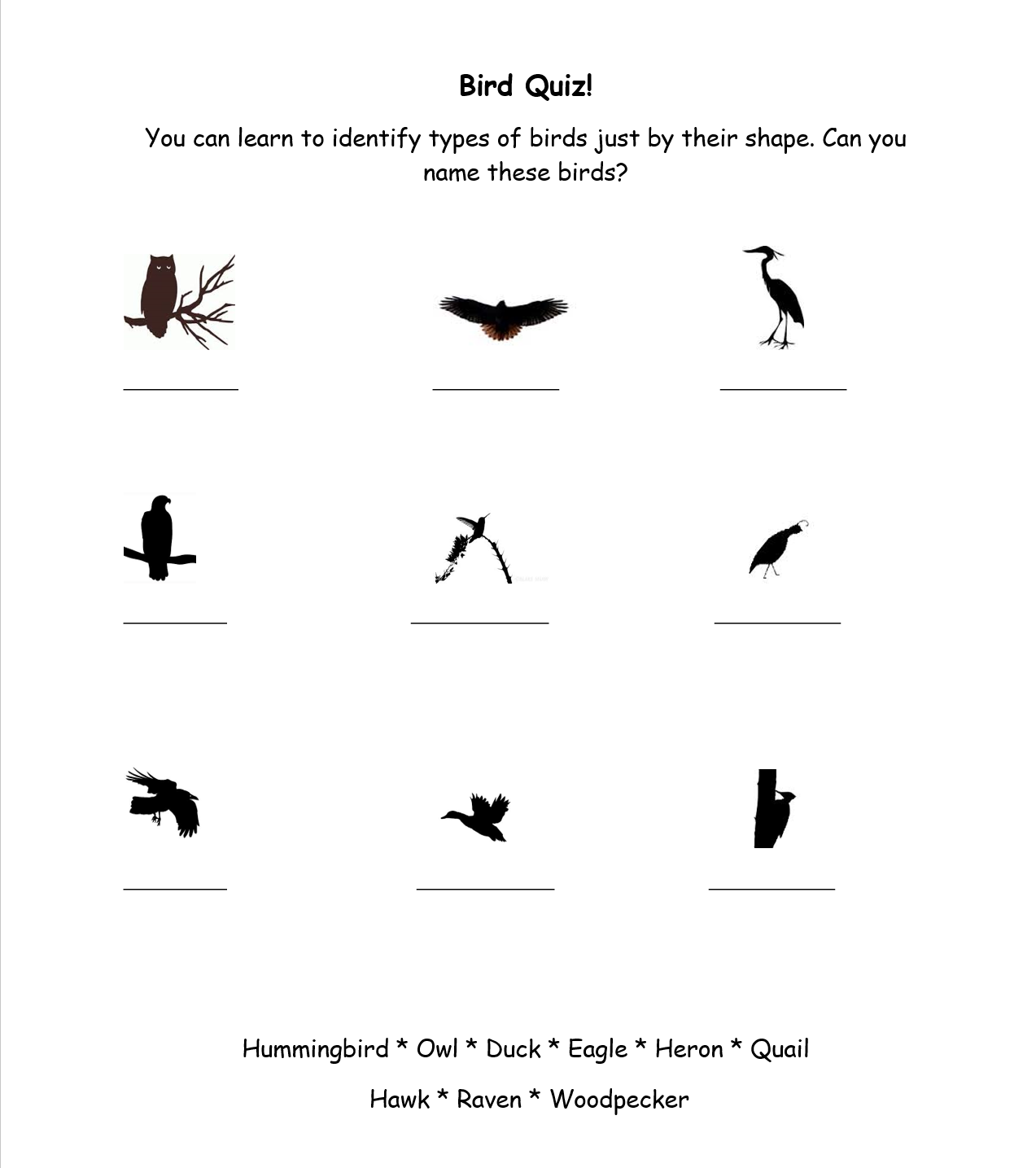 |



